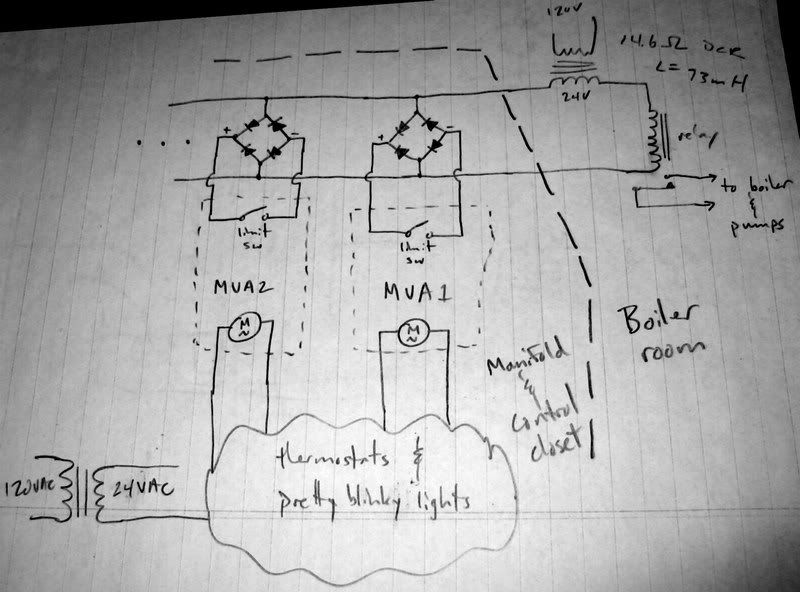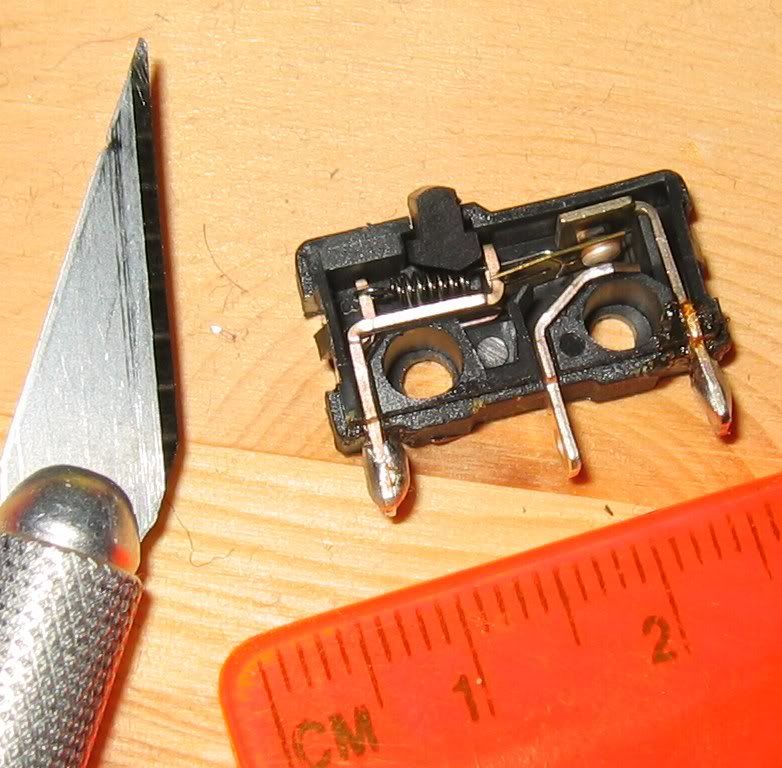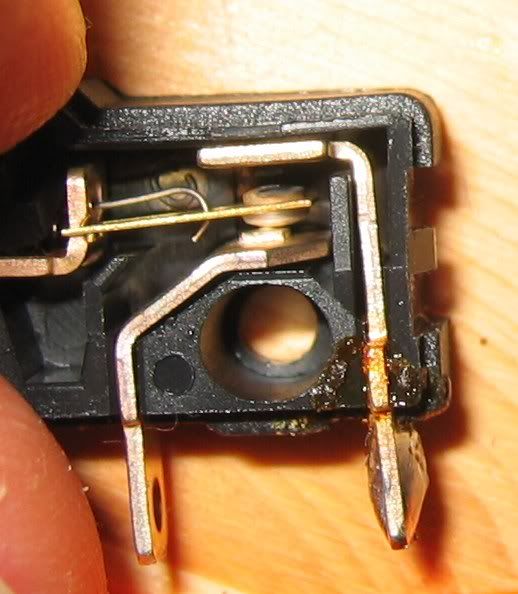AnalogPackrat
Well-known member
I recently discovered that my 6 year old radiant (hydronic) heating system is acting strangely. It consists of 5 zones and 7 loops (two zones have two loops the rest have one). The basic idea is that each zone has a thermostat which controls a valve in the distribution manifold. When the zone calls for heat the valve(s) for the PEX tubing loop(s) that correspond to that zone are opened allowing hot water to flow. What's happening is that while all the thermostats are opening their respective valves, the boiler and circulating pumps are not activated until one particular zone calls for heat.
I guess I need to explain the other aspect of the control mechanism--turning on the circulating pumps and telling the boiler that heat is required. If all the valves are closed in the manifold you don't want to circulate water between the distro and return manifolds for no reason and you certainly don't want your boiler heating water for no reason. The way this is done is through a set of paralleled switches which control a (remote) relay in the mechanical room where the boiler and pumps are located. When this relay is closed the boiler does its thing (heating water in a primary loop to the set temp) and the pumps are switched on.
This is all accomplished quite neatly by what are called "Motorized Valve Actuators" which mount on the manifold. They have a 24AC motor which is switched by the thermostat for the valve's zone. The motor actuates a plunger via a simple rack and pinion which opens the valve. The MVA also has a limit switch which closes when the valve is opened. All of the MVA limit switches are paralleled to the boiler room relay control lines (which connect to either end of the coil of that relay). I hope that all makes sense.
Well, after a little digging online and disassembly I've found that my problem is degraded contacts on the MVA limit switches. The one I disassembled has a closed resistance anywhere from 15k up to 60k (different value for every actuation of the switch--cruddy contacts). Open is really open, so it's not a mechanical failure in the switch--just carbonized contacts from arcing. Here's what the MVA looks like with the cover off. I'm using my trusty proto panel for the convenient power attachment to my spare 24VAC power transformer.
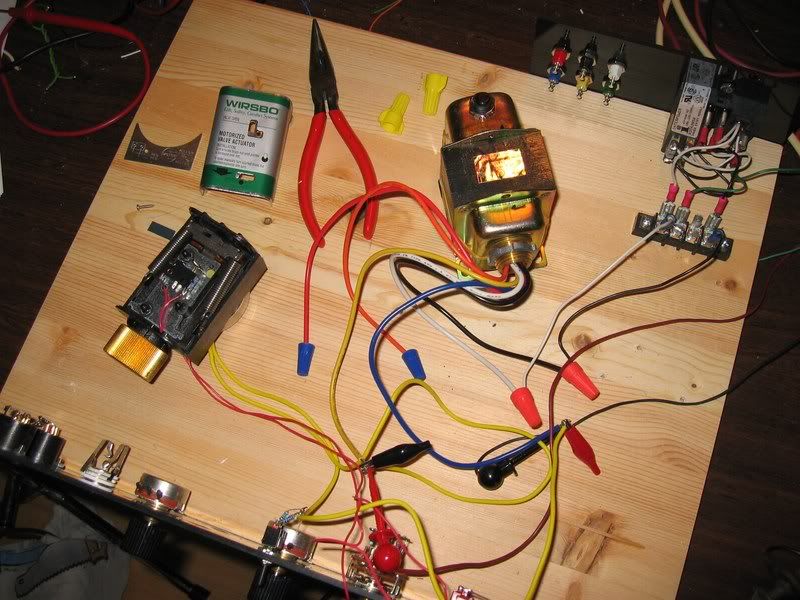
And a closeup of the limit switch...
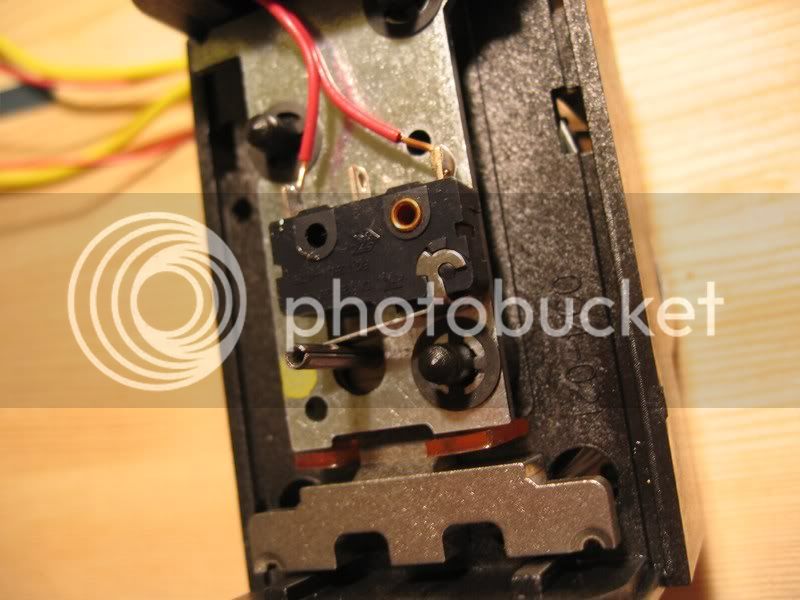
The split-tube thing rides on the plunger mechanism below the metal plate and presses the lever as the valve closes (the NC contacts of the switch are used). Note the copper pop-rivet which is the only visible attachment mechanism. There's a short metal stud on the plate that aligns with the other mounting hole in the switch case and keeps it from rotating. Below is a side view where you can just make out the pop-rivet on the back of the plate.
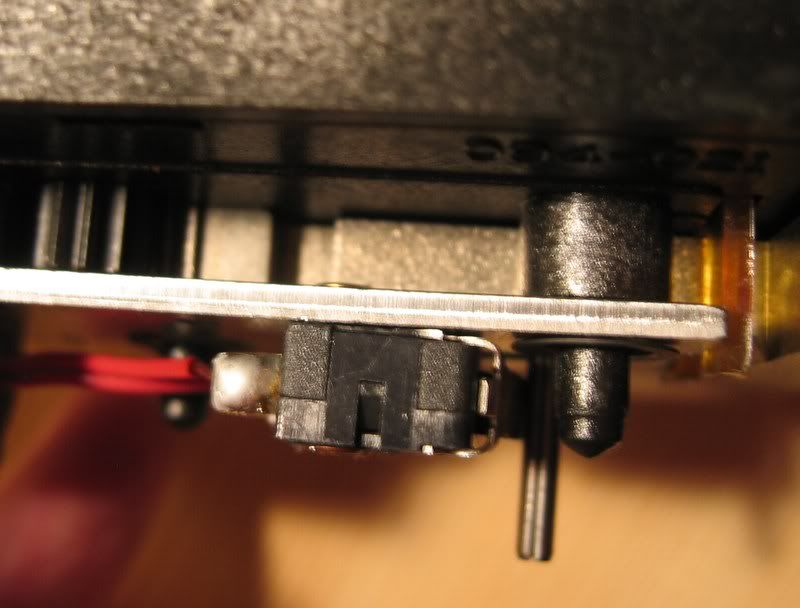
So here's the $400 question: how do I remove the switch? Replacing 7 switches is on the order of $20 (plus my time at pennies per hour) while each MVA costs $50-60 (and nothing else is wrong with them). I don't own a pop-riveter, but I could replace the rivets with small machine screws and nuts. But that would mean removing the plate which is risky. Those three black studs with the retaining rings are some kind of plastic (polycarbonate) and it would suck to break one. Any ideas there? And finally, would using a sealed switch improve the life of the contacts? Any other ideas to reduce arcing?
Any input is appreciated...
A P
I guess I need to explain the other aspect of the control mechanism--turning on the circulating pumps and telling the boiler that heat is required. If all the valves are closed in the manifold you don't want to circulate water between the distro and return manifolds for no reason and you certainly don't want your boiler heating water for no reason. The way this is done is through a set of paralleled switches which control a (remote) relay in the mechanical room where the boiler and pumps are located. When this relay is closed the boiler does its thing (heating water in a primary loop to the set temp) and the pumps are switched on.
This is all accomplished quite neatly by what are called "Motorized Valve Actuators" which mount on the manifold. They have a 24AC motor which is switched by the thermostat for the valve's zone. The motor actuates a plunger via a simple rack and pinion which opens the valve. The MVA also has a limit switch which closes when the valve is opened. All of the MVA limit switches are paralleled to the boiler room relay control lines (which connect to either end of the coil of that relay). I hope that all makes sense.
Well, after a little digging online and disassembly I've found that my problem is degraded contacts on the MVA limit switches. The one I disassembled has a closed resistance anywhere from 15k up to 60k (different value for every actuation of the switch--cruddy contacts). Open is really open, so it's not a mechanical failure in the switch--just carbonized contacts from arcing. Here's what the MVA looks like with the cover off. I'm using my trusty proto panel for the convenient power attachment to my spare 24VAC power transformer.

And a closeup of the limit switch...

The split-tube thing rides on the plunger mechanism below the metal plate and presses the lever as the valve closes (the NC contacts of the switch are used). Note the copper pop-rivet which is the only visible attachment mechanism. There's a short metal stud on the plate that aligns with the other mounting hole in the switch case and keeps it from rotating. Below is a side view where you can just make out the pop-rivet on the back of the plate.

So here's the $400 question: how do I remove the switch? Replacing 7 switches is on the order of $20 (plus my time at pennies per hour) while each MVA costs $50-60 (and nothing else is wrong with them). I don't own a pop-riveter, but I could replace the rivets with small machine screws and nuts. But that would mean removing the plate which is risky. Those three black studs with the retaining rings are some kind of plastic (polycarbonate) and it would suck to break one. Any ideas there? And finally, would using a sealed switch improve the life of the contacts? Any other ideas to reduce arcing?
Any input is appreciated...
A P




